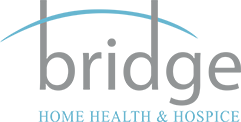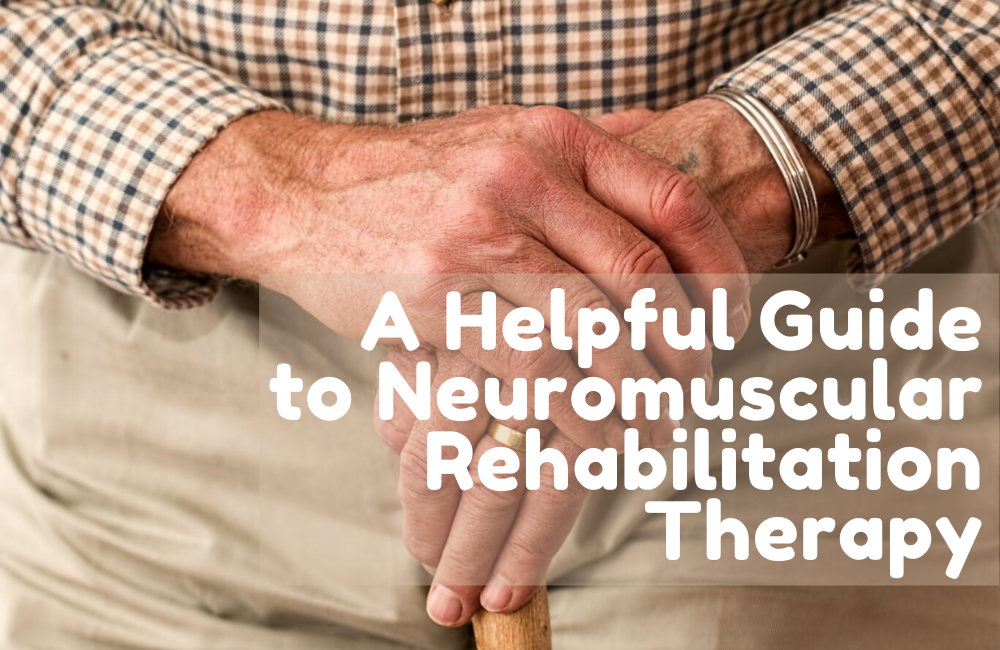Living with a neuromuscular disorder is never easy. You’ll have to adapt to significant changes in your balance, movements, and even the way you talk. Moreover, there’s also the pain, weakened muscles, and impaired breathing to deal with. These conditions can have significant impacts on your daily life and relationships. Neuromuscular rehabilitation therapy is one of the most common programs that people use to help combat these conditions and recover their daily functions as much as possible.
What Is Neuromuscular Therapy?
Neuromuscular rehabilitation therapy is a form of therapy that focuses on mitigating the effects of disorders that affect the nerves and muscles. These conditions include stroke, myositis, multiple sclerosis (MS), and Parkinson’s disease. Therapy helps recover motor control and slow down the progression of these disorders, improving a patient’s overall quality of life.
What Does Neuromuscular Therapy Involve?
Neuromuscular rehabilitation involves several physical, occupational, and speech-language therapies. Techniques can differ vastly depending on the patient’s condition and individual abilities. Your therapists will have to coordinate with your physician to determine the best course of action for your case. Some common techniques involved in neuromuscular rehabilitation therapy include:
- Balance and Coordination Training: Damage to the neuromuscular system entails problems with balance and coordination. Your physical therapist may recommend exercises to improve these aspects progressively. Simple movements such as standing and sitting may also be part of your exercise routine, as these exercises will help retrain your nerves and muscles. This training helps significantly reduce your fall risk.
- Dexterity Training: Your fine motor movements are heavily affected by your condition, and this can affect multiple aspects of your life, such as writing, cooking, buttoning your clothes, or tying your shoes. Your occupational therapist will help you exercise these skills and regain independence.
- Strength and Mobility Training: Regaining muscle strength and flexibility are some of the most important results of neuromuscular rehabilitation therapy. Weak and tight muscles will receive exercise with equipment such as resistance bands, weights, or just your body weight.
- Gait Training: Damage to your neuromuscular system can affect muscles that help you walk. Because of this, your stride may look different. Gait training teaches you to walk normally and comfortably, and it can involve practicing with a cane or walker.
- Neuromuscular Electrical Stimulation: The therapists may use electrical stimulation to help retrain your nerves to send and receive signals. This process is completely painless and requires a device that will send electrical signals to your nerves and muscles.
Receive Specialized Programs from Trained Professionals
Neuromuscular disorders can make everyday aspects of your life more challenging, but your physician may recommend treatment plans to mitigate their effects. The treatment plan may involve neuromuscular rehabilitation therapy, which consists of various techniques to help condition your nerves and muscles. This specialized care option can help you regain your daily functioning as much as possible and slow down the progression of your condition.
If you’re in need of home health care agencies in California, allow Bridge Home Health and Hospice to help. We provide specialized programs expertly designed to help improve the quality of life of our clients. Learn how we can assist you—contact us today!

